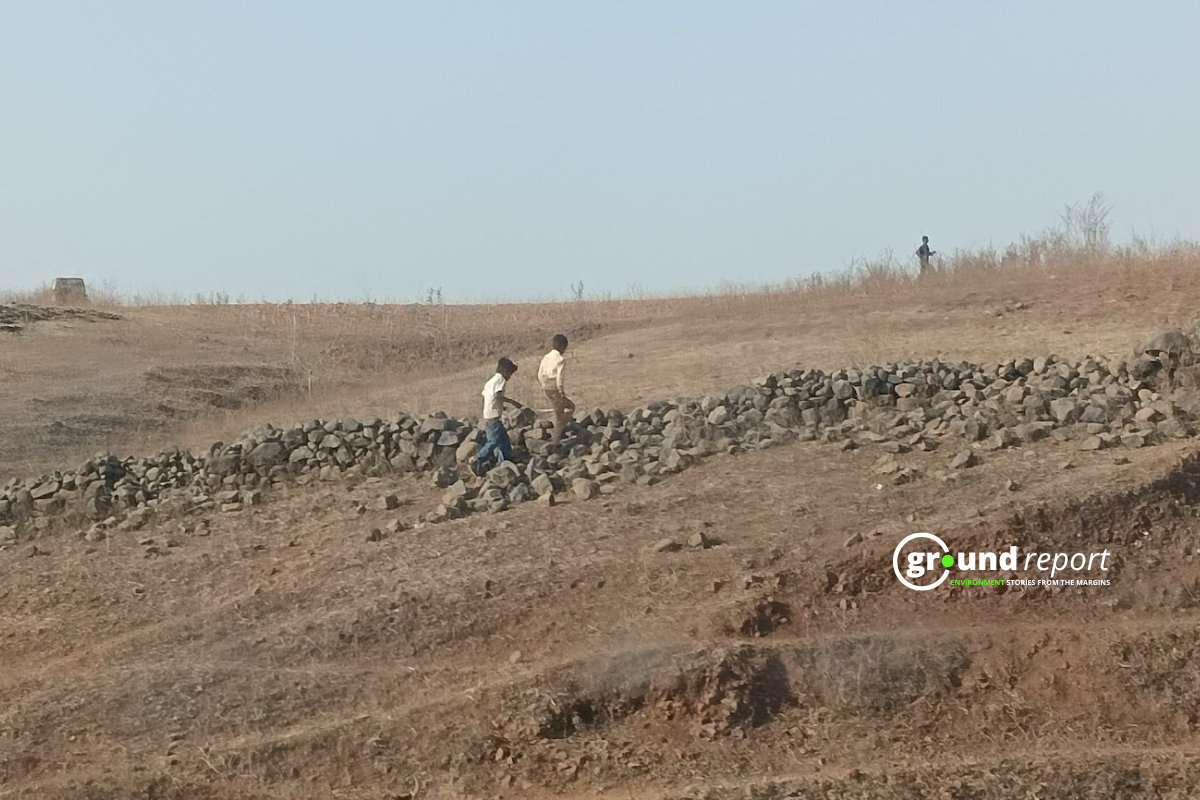An international team of researchers developed a non-invasive model to estimate the population abundance of large-bodied, group-living animals like the long-tailed macaque (Macaca fascicularis) in a recent study in Science Advances. Their findings reveal an 80% decline in the species’ population across Southeast Asia countries such as India, Philippines, Malaysia, Indonesia, Burma, Vietnam, Cambodia, Laos, and Thailand and have a long history of living with humans for over 35 years.
The long-tailed macaque, known for its synanthropic behaviour and adaptability, is widespread. However, accurate population estimates are lacking, hindering conservation. Traditional methods like camera traps and direct sightings have limitations, including identifying individuals, small surveyed areas, and limited datasets.
Macaque Monkeys Near Extinction
The research team combined probability modelling, species behaviour, habitat preference, and data from camera traps, sightings, and citizen science. “Our aim was to develop a non-invasive probability model to estimate the maximum population abundance of large-bodied semiterrestrial/terrestrial group-living animals, hoping to overcome current problems with abundance estimation from camera trap and direct sighting data,” explained lead author Dr. Amanda Jones from the University of Cambridge.
The model was applied to the long-tailed macaque, a species in need of an updated population size estimate. The researchers generated robust estimates of the maximum population abundance by integrating habitat preference maps, demographic data, and behavioural information.
The team’s best estimate indicates an upper limit of approximately 904,638 long-tailed macaques across Southeast Asia. The extremes range from 448,941 to 1,809,400 long-tailed macaques. These numbers contrast with previous estimates of 3 to 5 million long-tailed macaques in the 1990s and early 2000s, suggesting a severe decline.
“Our research offers an important perspective on the long-tailed macaque population trends and demonstrates the applicability of our model. This decline raises significant conservation concerns, despite methodological differences.”
Hunting, culling, habitat loss, trade
The study highlights the impact of hunting, culling, habitat loss, and the pet trade on long-tailed macaque populations. Dr. Jones emphasized, “Local increases in macaque numbers near human settlements don’t reflect overall trends across Southeast Asia.”
The researchers acknowledge the limitations of their study, including potential overestimation in protected areas and reliance on citizen science data with misidentifications. However, they emphasize using available data for initial assessments and baselines for monitoring and conservation efforts.
“Our model is a robust and flexible tool for estimating the upper limit of population abundance for various species,” said Dr. Jones. “It eases the inclusion of species-specific data and can accommodate a growing body of knowledge, making it a valuable asset for wildlife conservation efforts worldwide.”
As the global biodiversity crisis intensifies, innovative approaches like this population modelling technique become crucial for accurately assessing species’ statuses and informing conservation strategies. The plight of the long-tailed macaque serves as a reminder of the urgent need for action to protect our planet’s wildlife.
Keep Reading
Part 1: Cloudburst in Ganderbal’s Padabal village & unfulfilled promises
India braces for intense 2024 monsoon amid recent deadly weather trends
Support us to keep independent environmental journalism alive in India.
Follow Ground Report on X, Instagram and Facebook for environmental and underreported stories from the margins. Give us feedback on our email id greport2018@gmail.com.
Don’t forget to Subscribe to our weekly newsletter, Join our community on WhatsApp, and Follow our YouTube Channel for video stories.









